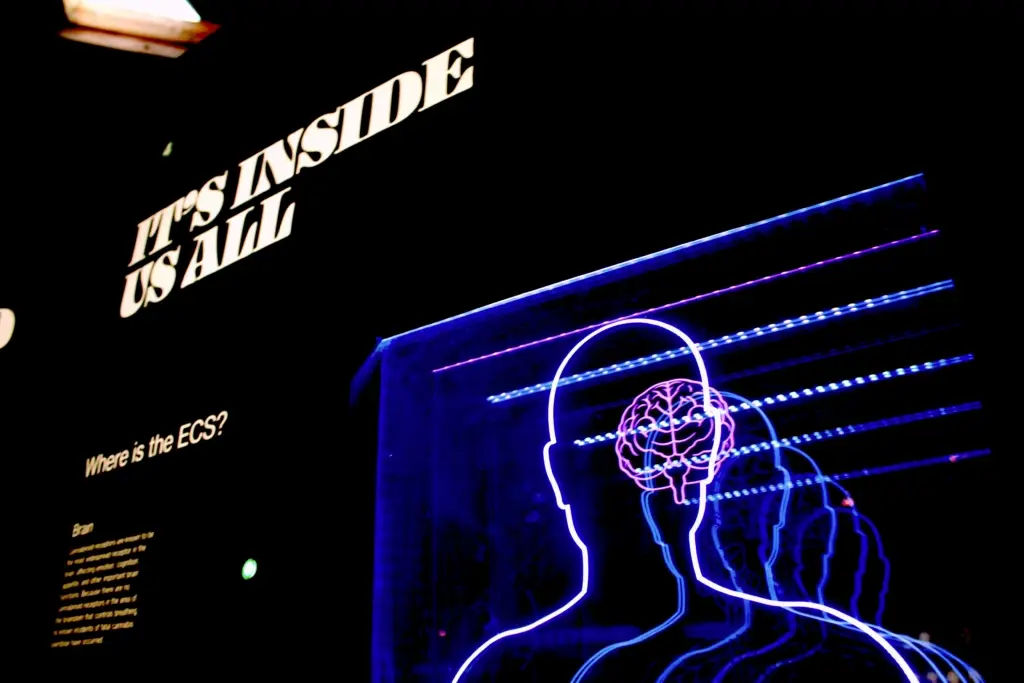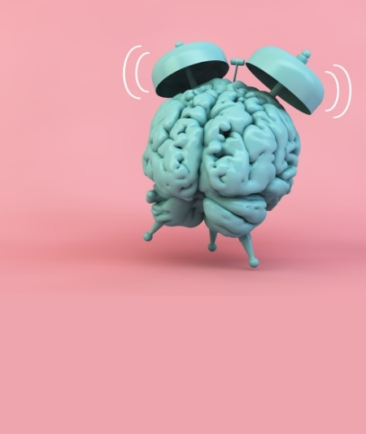The past affects the present even without our being aware of it
Francine Shapiro
What Is EMDR ?
Eye Movement Desensitization and Reprocessing (EMDR) is a psychotherapy treatment that was originally designed to alleviate the distress associated with traumatic memories. EMDR therapy facilitates the accessing of the traumatic memory network, so that information processing is enhanced, with new associations forged between the traumatic memory and more adaptive memories or information. These new associations are thought to result in complete information processing, new learning, elimination of emotional distress, and development of cognitive insights.


EMDR has 3 pronged protocol
- The past events that have laid the groundwork for dysfunction are processed, forging new associative links with adaptive information;
- The current circumstances that elicit distress are targeted, and internal and external triggers are desensitized;
- Imaginal templates of future events are incorporated, to assist the client in acquiring the skills needed for adaptive functioning.
How It Works
EMDR involves eight phases of treatment that focus on the past, the present, and the future and is designed to break any associations you have between certain circumstances and symptoms. Each phase helps you work through emotional distress and trauma, then learn skills to cope with current and future stress.
8 Phases of treatment
– Phase 1: History and treatment planning
– Phase 2: Preparation
– Phase 3: Assessment
– Phases 4-7: Treatment
– Phases 4-7: Treatment
Integrating EMDR with Other Therapeutic Techniques
Several studies have also found evidence that EMDR therapy is not only effective in the short term, but that its effects can be maintained long term. Integrating EMDR as a combinations of therapy with other modalities might prove most effective. The commonly associated approaches are Cognitive Behavioural Therapy (CBT) and Rational Emotional Behavioural Therapy (REBT)
EMDR was initially used to treat trauma, but it is now used to treat a variety of mental health conditions.

EMDR works for
- Self-esteem issues
- Addictions
- Anxiety
- Chronic pain
- Depression
- Eating disorders
- Panic attacks
- Panic disorder
- Phobias
- Post-traumatic stress disorder (PTSD)
What To Expect At Your Visit
Perhaps you’re down or anxious, not confident, feeling unsure or how to plan the next major step of your life or just feel that you aren’t living the life you were meant to lead. Whatever your needs may be, I am here to offer professional guidance, confidential self-discovery, true autonomy, positive outlook and empathetic support without any judgement.
Your initial appointment will likely be more rewarding if you do a little homework ahead of time. Doing so will not only help you clarify why you are seeking professional help but will also help the therapist.
Before your appointment, make a list of:
- Any issues, concerns, or symptoms you are coping with, even if they seem to be unrelated or are not the reason why you are seeking therapy
- Key personal information, including any major stresses or recent life changes
- All medications, vitamins or other supplements that you’re taking, including doses
- Questions to ask your Therapist


